rayray3
Jr. Member
Alrighty. Need some input here from the professionals.
I'm currently hunting a site on a friends land in Virginia. Hardly any trash, a CW artifact every 3-5 minutes. Ive pulled up over 40 buck and balls and 69'ers that don't appear to be fired, Many pieces of cannonballs, nails, 2 horseshoes, a Big ring that looks like it was on the front or back of a cannon used to tow it, a New York button and several smaller buttons, etc.. I'm stoked in finding all these items but was wondering where the brass chest plates, buckles, bayonets, and other wonderful things that you guys find, are hiding.
I did find a 1912 barber quarter but i think that must have came from a hunter because Ive found some old shotgun shells.
I know I'm in a great spot but i was hoping to find some "better items".
After describing what Ive been finding would you say it was a camp or maybe a trail. I'm wondering if this is a staging area where they made bullets, etc.
Where I'm hunting had both CW and revolutionary war in the area but definitely CW is what my findings have been. Any input is appreciated,
Thanks in advance.
I'm currently hunting a site on a friends land in Virginia. Hardly any trash, a CW artifact every 3-5 minutes. Ive pulled up over 40 buck and balls and 69'ers that don't appear to be fired, Many pieces of cannonballs, nails, 2 horseshoes, a Big ring that looks like it was on the front or back of a cannon used to tow it, a New York button and several smaller buttons, etc.. I'm stoked in finding all these items but was wondering where the brass chest plates, buckles, bayonets, and other wonderful things that you guys find, are hiding.
I did find a 1912 barber quarter but i think that must have came from a hunter because Ive found some old shotgun shells.
I know I'm in a great spot but i was hoping to find some "better items".
After describing what Ive been finding would you say it was a camp or maybe a trail. I'm wondering if this is a staging area where they made bullets, etc.
Where I'm hunting had both CW and revolutionary war in the area but definitely CW is what my findings have been. Any input is appreciated,
Thanks in advance.
Upvote
0





 Sounds like your in a battlefield,Many bullets were dropped in the heat of battle.find the campsite.
Sounds like your in a battlefield,Many bullets were dropped in the heat of battle.find the campsite. 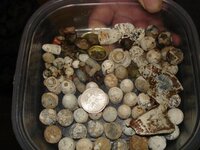
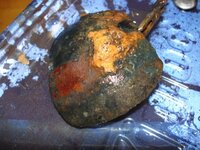
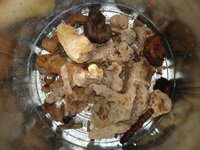
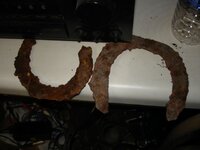
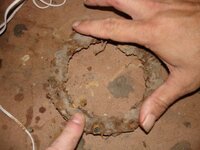
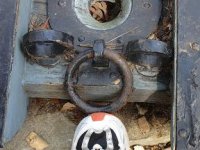
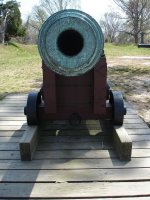
![NewStuff1[1].jpg](/data/attachments/86/86043-d79b35adae5a3c8aef19b332c54c2ff3.jpg)
